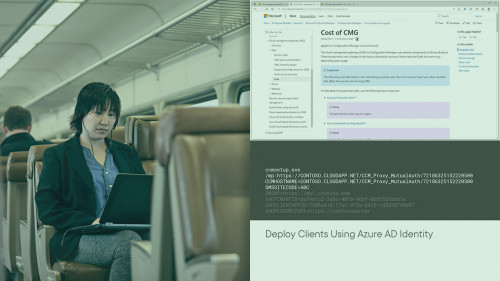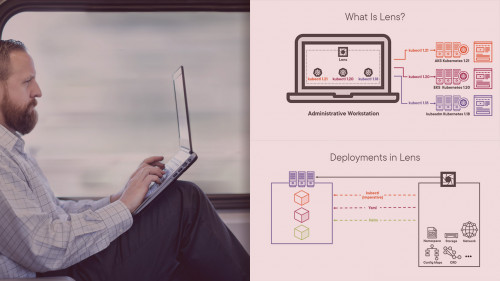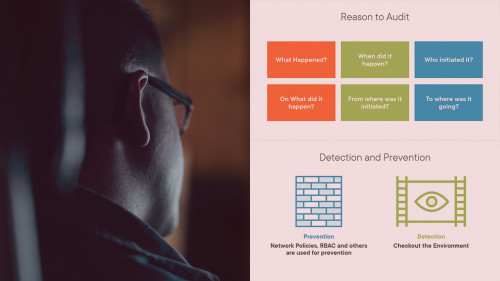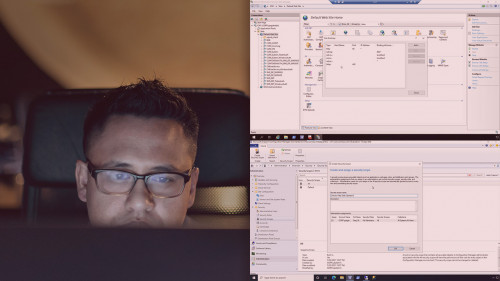
PluralSight – Microsoft Endpoint Manager-cloud Management Gateway With Mecm Bookware-KNiSO
English | Size: 204.79 MB
Category: Tutorial
Extend your MECM infrastructure outside the LAN and bring internet-based clients under management by deploying the Cloud Management Gateway in this course



